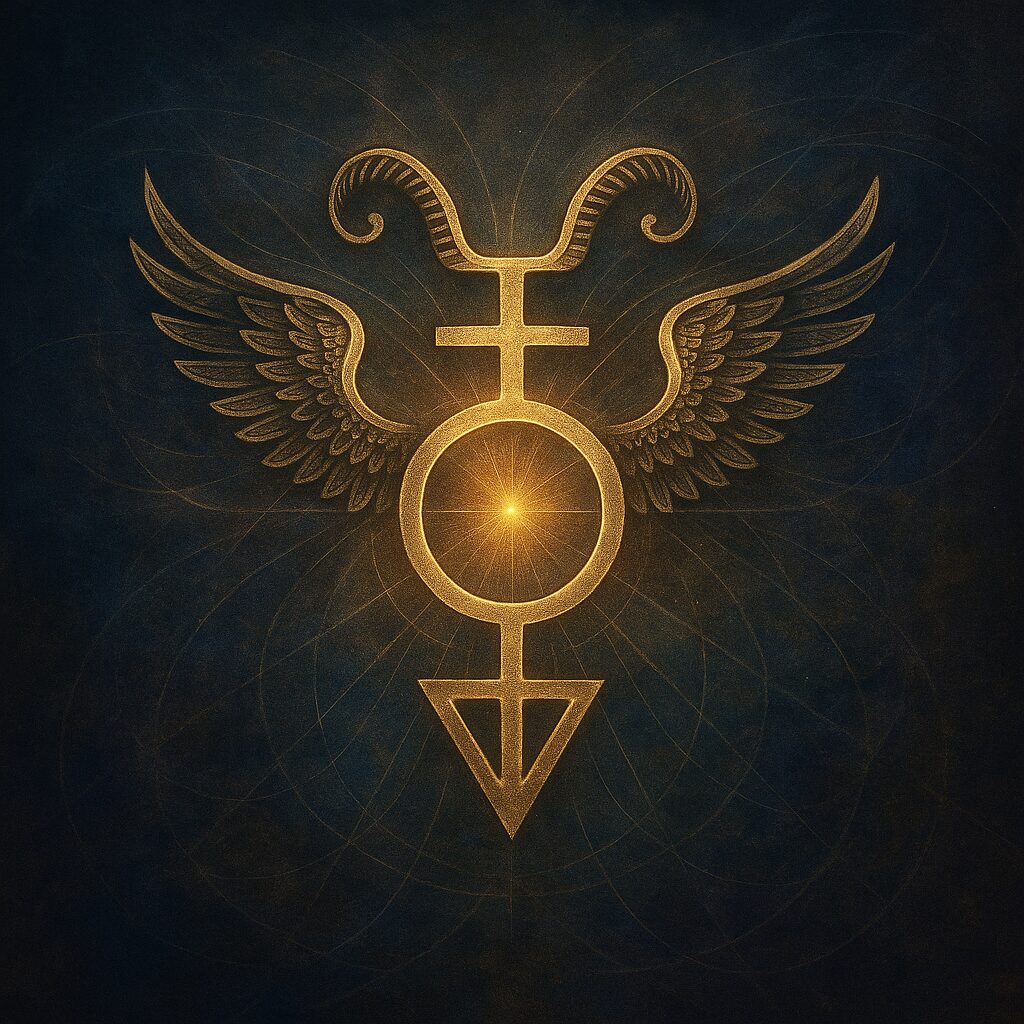Polytheist Theologies

To the polytheist imagination, the divine does not speak with one voice, but with a chorus. The sacred is not singular, but manifold—a tapestry of presences woven through time, myth, and memory. The gods are real, discrete beings: persons of immense consciousness, whose existence is not contingent upon human belief, but revealed through relationship.
Modern polytheism does not seek to reconstruct a lost orthodoxy; it seeks to restore relationship. It is a theology of presence, not abstraction—one that turns outward, where Humanism looks inward. The divine is encountered in the many rather than the one, through the shimmer of multiplicity rather than the simplicity of singular truth.
This revival of living polytheism draws upon ancient reverence while engaging contemporary thought. Thinkers such as Morpheus Ravenna and the Many Gods West movement have emphasized a return to genuine reciprocity: the gods are not metaphors or moral symbols, but sovereign intelligences—neighbors in the ecology of consciousness. To engage them is not to reduce divinity to psychology, but to acknowledge that consciousness exceeds the human form.
The modern practitioner often stands at a crossroads of plural devotion. In one home, offerings are made to Brigid, Freyja, and Hekate; in another, to Lugh, Hermes, and the spirits of land and craft. Each name carries a current of its own, and yet all flow within a shared sea of meaning. The pluralist does not see this as contradiction, but as continuity.
As Kael once wrote, “Multiplicity is not confusion—it is chorus. The gods speak together because creation was never meant to have only one tongue.” Within this polyphony, some voices rise to prominence—certain deities becoming luminous centers of devotion within cultures or covens. Their eminence is not hierarchy, but resonance: a reflection of the relationships that communities sustain over time.
This theological pluralism echoes, faintly, the spirit of Hindu cosmology, though with its own contour. Hindu philosophy often speaks of the many as emanations of the One; modern Pagan western polytheism speaks of the many as the natural state of being itself. The gods coexist, intersect, and evolve, yet retain their sovereignty.
To know the gods is not to catalogue them, but to enter their rhythm. Offerings, hymns, meditations, and acts of creation are not superstition but participation—the ways in which human awareness joins divine awareness. Belief, in this context, is not faith in absence but engagement in presence. The gods do not require proof; they require reciprocity.
In practice, this is both humbling and empowering. The practitioner becomes a participant in an ongoing covenant of recognition. To light a candle, pour a libation, whisper a name—these are gestures of acknowledgment within a cosmos alive with personality. The divine is not above the world but within it, mirrored in storm and starlight, in craft and kindness alike.
MCC’s pluralist perspective mirrors this theology of relationship. The gods are honored as living forces—distinct, approachable, and worthy of reverence—yet seen as expressions of a greater continuity of spirit. Each flame on the altar honors one presence; together, they form the fire of existence itself.
Where Animism recognizes the world as alive, and Humanism finds sanctity in consciousness, Polytheism completes the circle: it teaches that the sacred answers back. To live within this theology is to inhabit a dialogue—to offer, to listen, to remember.
The gods do not dwell in doctrine, but in the spaces between flame and silence, intention and gift. They are the unseen multitude with whom humanity has always spoken, and in whose voices the universe continues to sing itself into being.

Multiplicity is the nature of divinity. In every name we speak, another awakens—and together they remind us that the sacred is vast, and listening.
